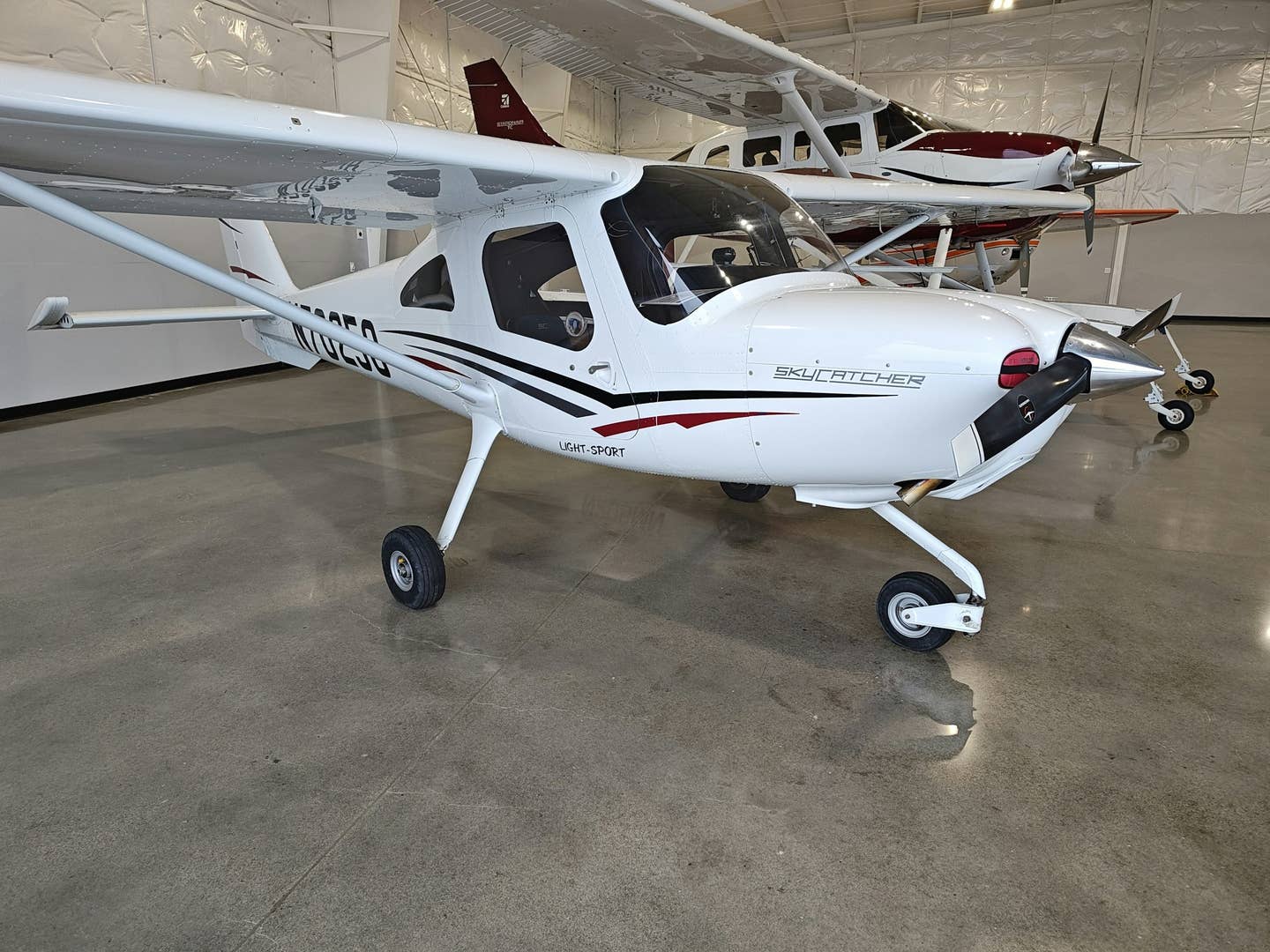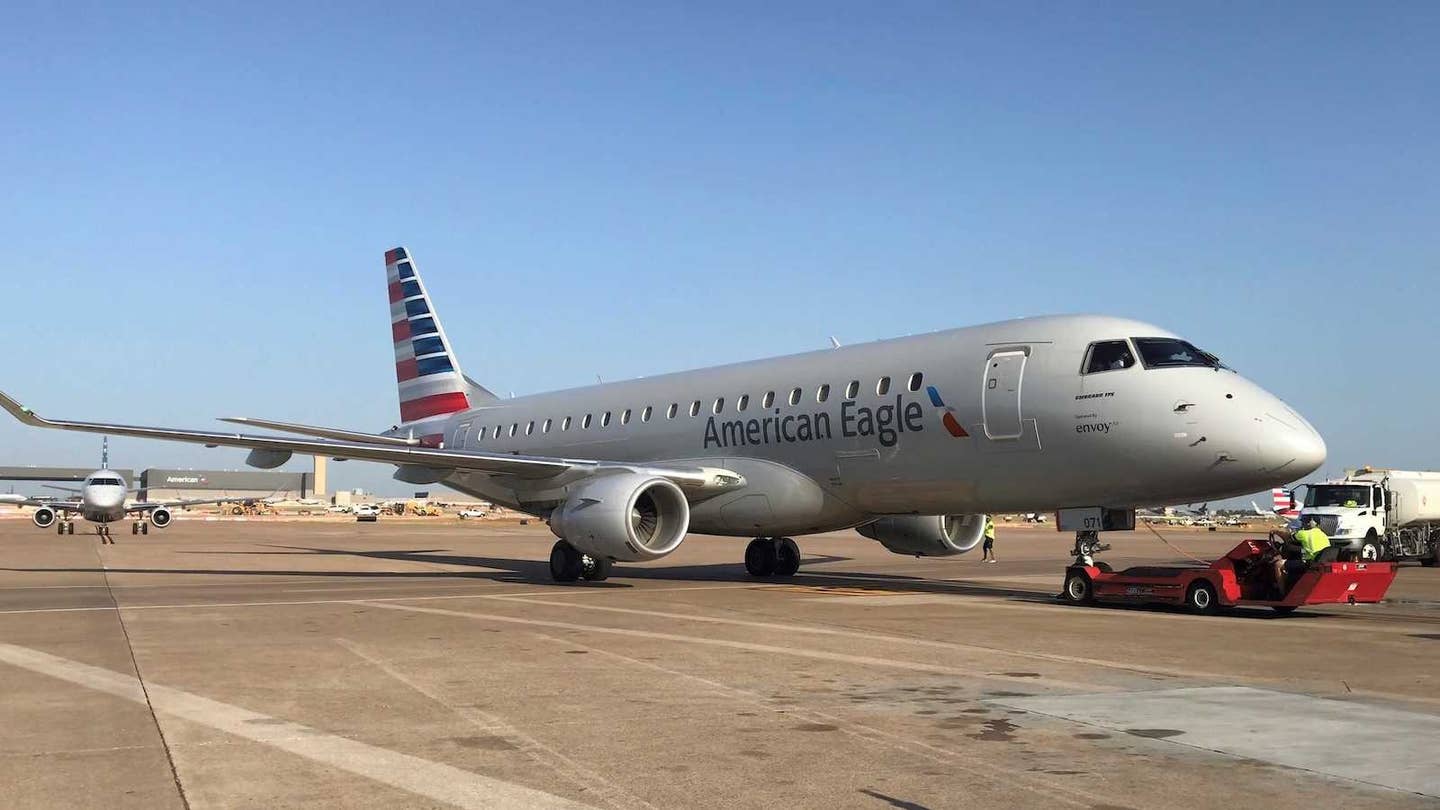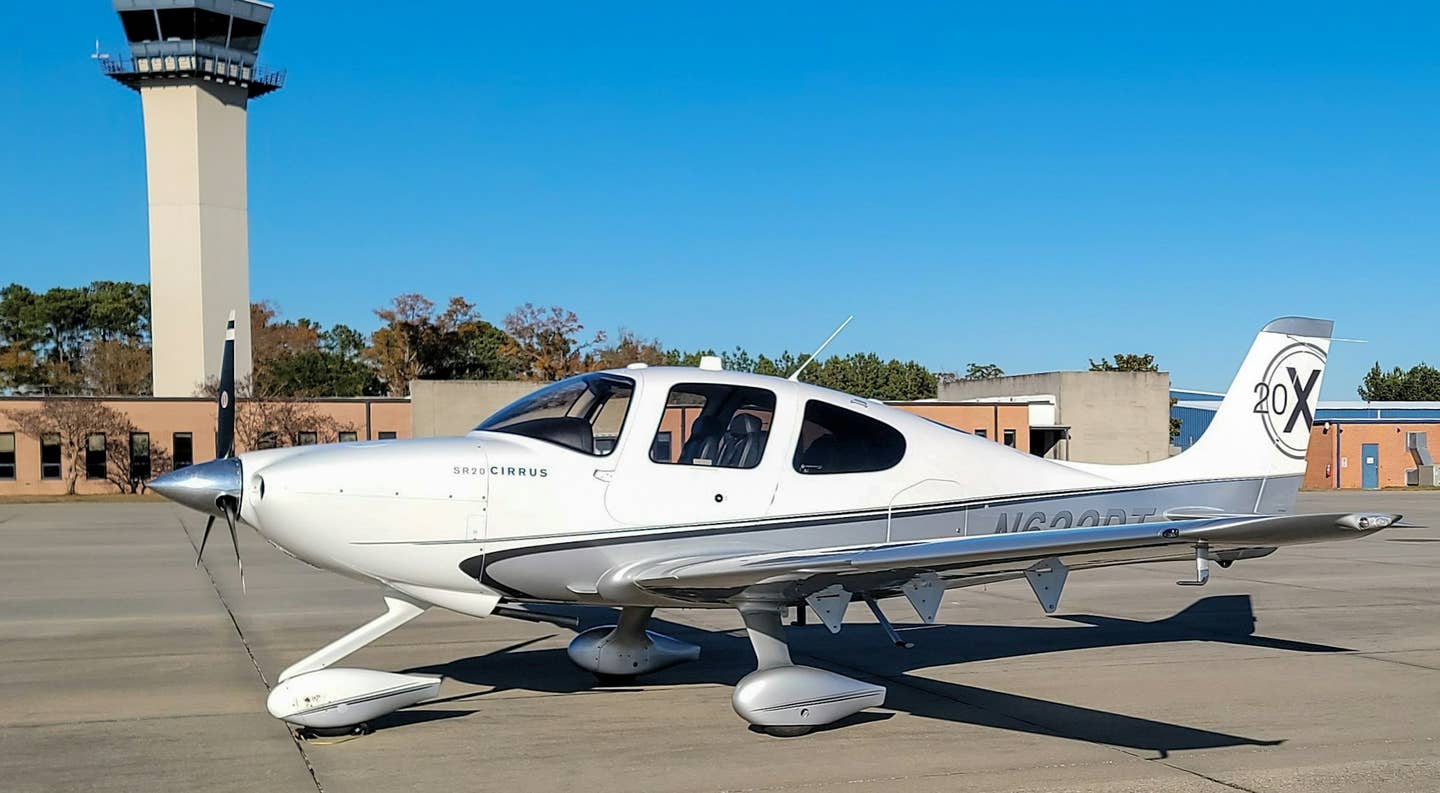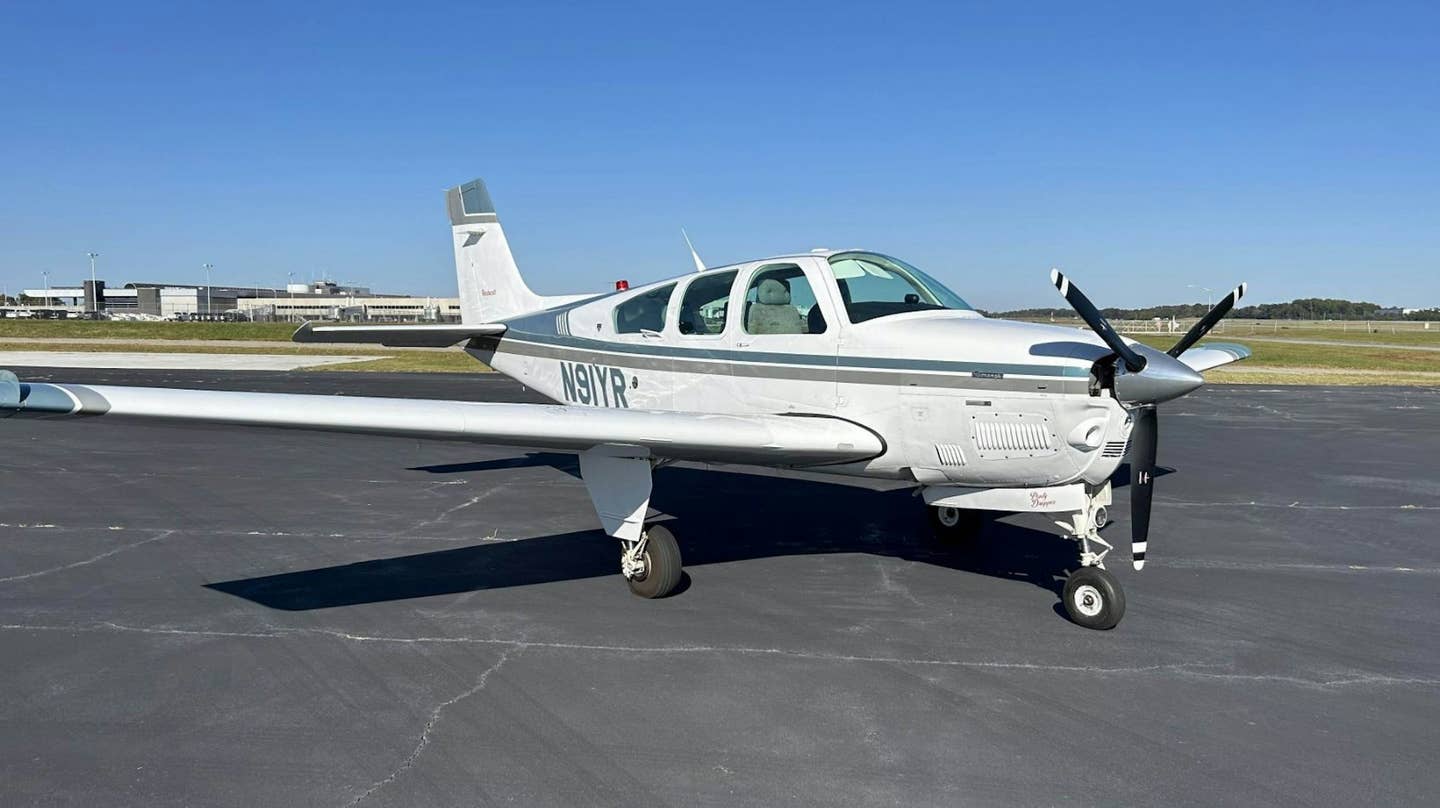
Citing an increasing accident rate among air-ambulance operators over the past decade or so, on Tuesday the FAA proposed new, stricter regulations for all helicopter operators. EMS and air ambulance flights combine several risk elements, including critical missions likely to take place in poor weather, financial pressure for private companies to fly missions when their competitors might not, and challenging landing zones established by personnel who might not have the training or expertise to fully understand a helicopter's risks and limitations. Should the proposed new rules be adopted, commercial operators would be required to install radio altimeters; VFR weather minimums would increase; and all helicopters carrying medical personnel would be required to operate under FAR Part 135 with its stricter flight time and rest requirements and load manifests. The cost to aeromedical operators will be $136 million over 10 years, said the FAA, balanced against an estimated $160 million in benefits. Other commercial operators are expected to incur expenses of $89 million in exchange for an FAA-expected benefit of $115 million over the decade. The FAA's notice of proposed rulemaking includes a 90-day comment period, beginning when the NPRM was published on Oct. 12.

Sign-up for newsletters & special offers!
Get the latest FLYING stories & special offers delivered directly to your inbox






